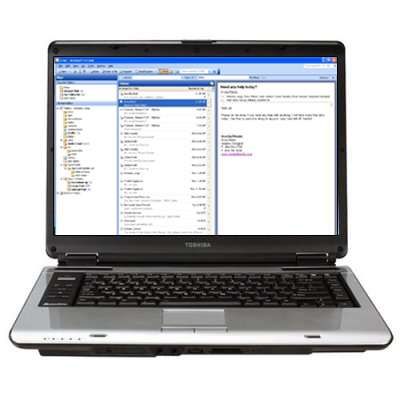Stop and think how your Internet usage has evolved during the last few years. If you’re like most people, you’re doing -- and expecting -- a lot more of your Internet like increased interactivity, rich media and uploading and downloading pictures and video.
More large files are moving across the cyberspace network these days, and experts expect that trend will only increase. A January 2008 study by the Discovery Institute estimates new technologies will drive Internet traffic up by 50 times its current rate within the next 10 years.
Advertisement
The pressure for better connectivity is one of the main reasons providers and users are looking at fiber-to-the-home broadband connections as a potential solution.
Fiber-to-the-home broadband connections, or FTTH broadband connections, refer to fiber optic cable connections for individual residences. Such optics-based systems can deliver a multitude of digital information -- telephone, video, data, et cetera -- more efficiently than traditional copper coaxial cable for about the same price. FTTH premises depend on both active and passive optical networks to function.
FTTH broadband connections already are a reality for more than 1 million consumers in the United States, while more than 6 million in Japan and 10 million worldwide enjoy its benefits, according to Broadband Properties Magazine. Many believe making FTTH technology the standard in connectivity will solve the forecasted Web traffic jam.
What are the advantages and disadvantages to FTTH broadband connections? How do these connections work? Go to the next page to learn about the advantages.
Advertisement





